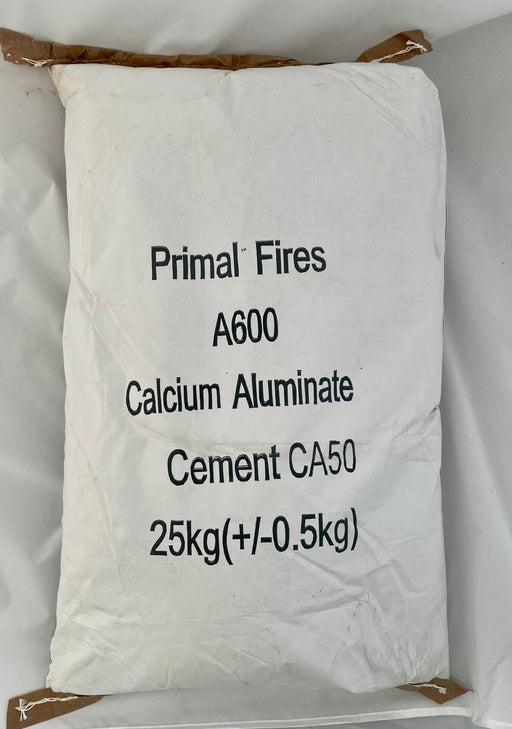Given its position immediately under the fire and that it is the surface we use to cook on, the floor of an oven is extremely important.
The floor needs a number of different characteristics. It needs to;
- Store heat for cooking
- Allow heat to easily move through it into cooking food
- Heat up and recover quickly when depleted
- Withstand physical factors such as scraping from pizza peels, scrubbing from wire brushes and abrasion from moving roasting trays
- Withstand the intense heat from immediate fire contact
- Look good!
Dense refractory fire bricks then become the most practical and durable product to use.

Manufactured from quality refractory materials, the bricks are formed using extreme compression. They are tough (but brittle) and can withstand high levels of thermal shock.
When choosing a thickness of fire brick to use, it is important to balance the floor thickness with that of the dome. Ideally the floor and the dome are ready to cook at the same time. We recommend 25mm or 40mm thick bricks to balance with a 40mm - 50mm dome thickness.


Demonstrating three thicknesses of floor fire bricks: 25mm, 40mm and 75mm
Our kit sets come with top quality 25mm thick fire bricks as standard or you can upgrade to 40mm thick bricks. The 40mm bricks will just mean you can store a bit more heat energy (but they take longer to heat up).
These fire bricks are laid onto a 20mm bed of refractory mortar which adds to the total floor density. The end result is either a 45mm floor (25+20) or a 60mm floor (40+20). The thickness of these floors are a great balance between speed of heat up and heat retention.

Cutting fire bricks is also notoriously difficult due to their density. 25mm and 40mm bricks are a lot easier to cut than 75mm bricks.
It is really important to keep fire bricks dry. If the bricks are dry this can lead to soggy pizza bases, slow heat up and failure to get to the correct cooking temperatures. Beware of oven designs where the floor bricks are exposed to the elements.











